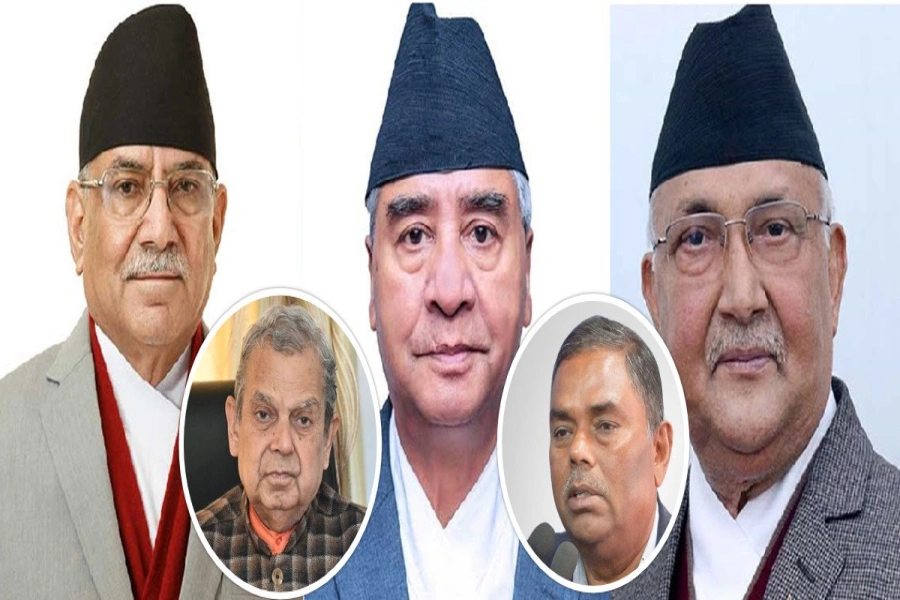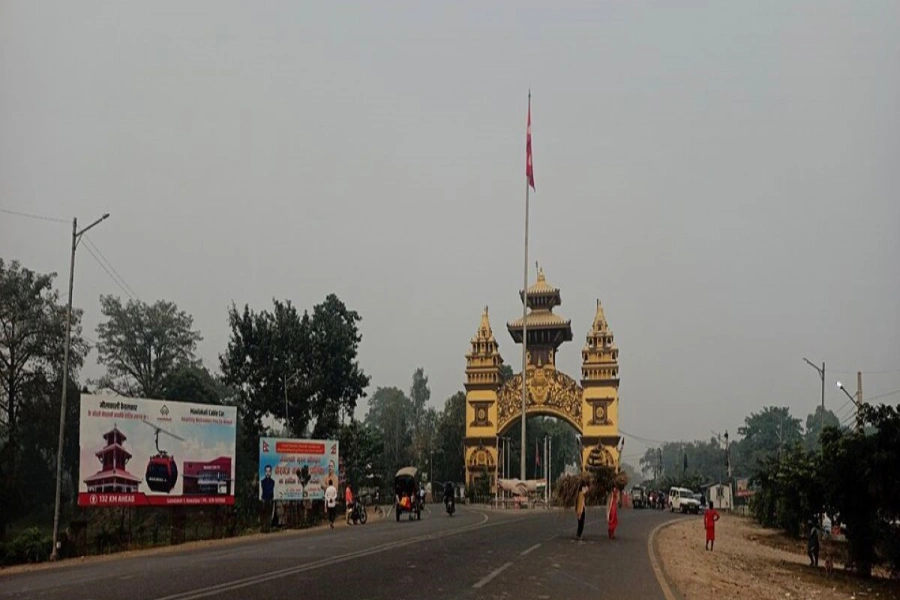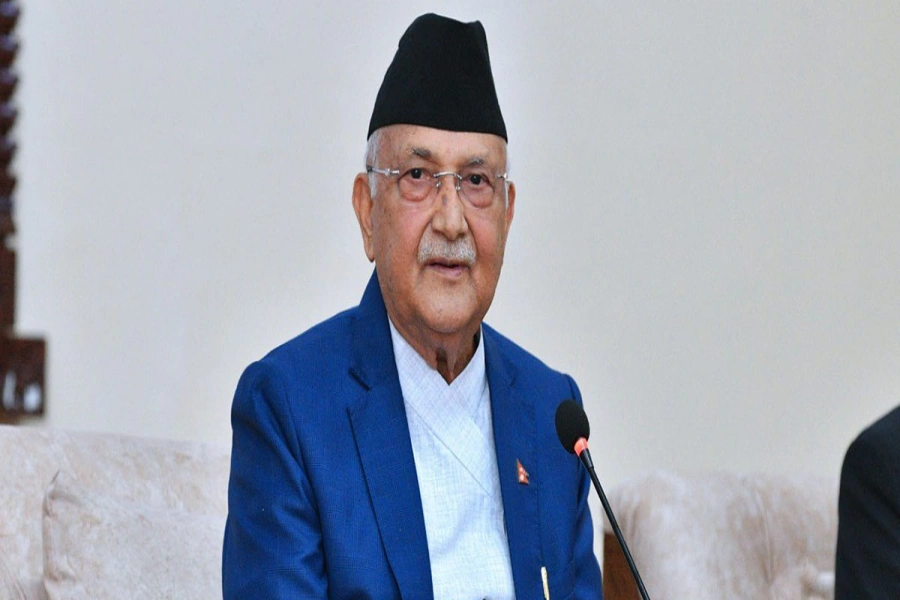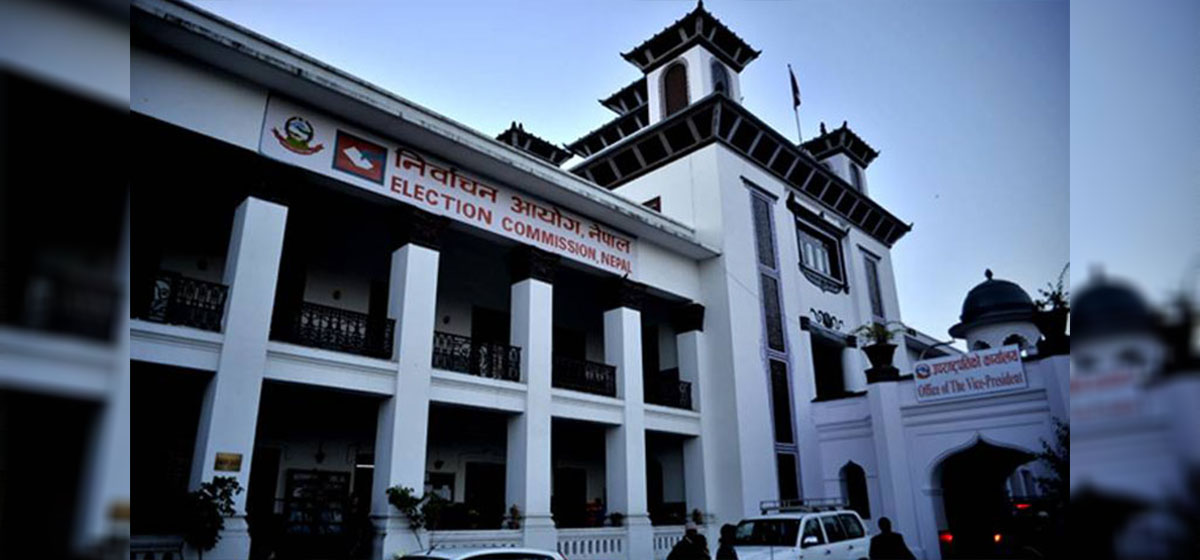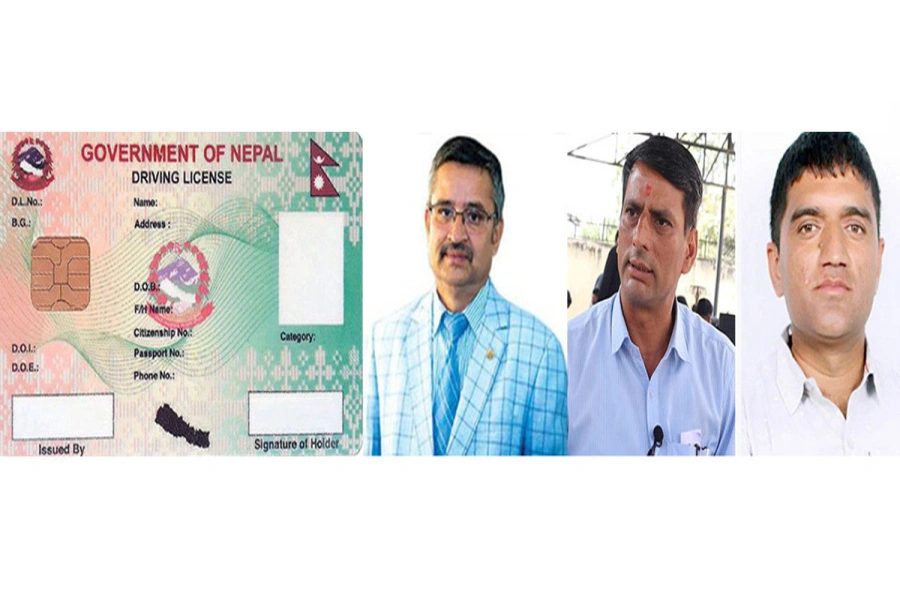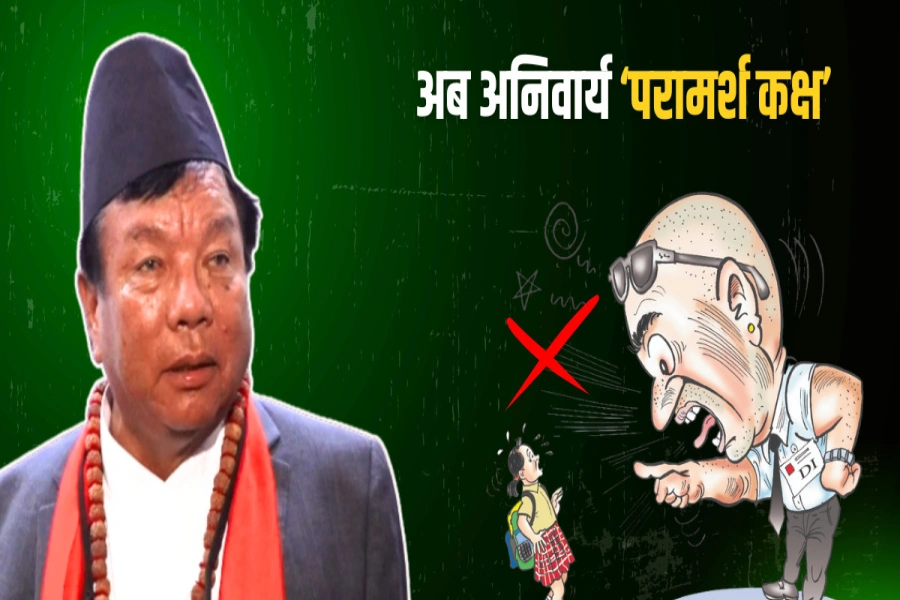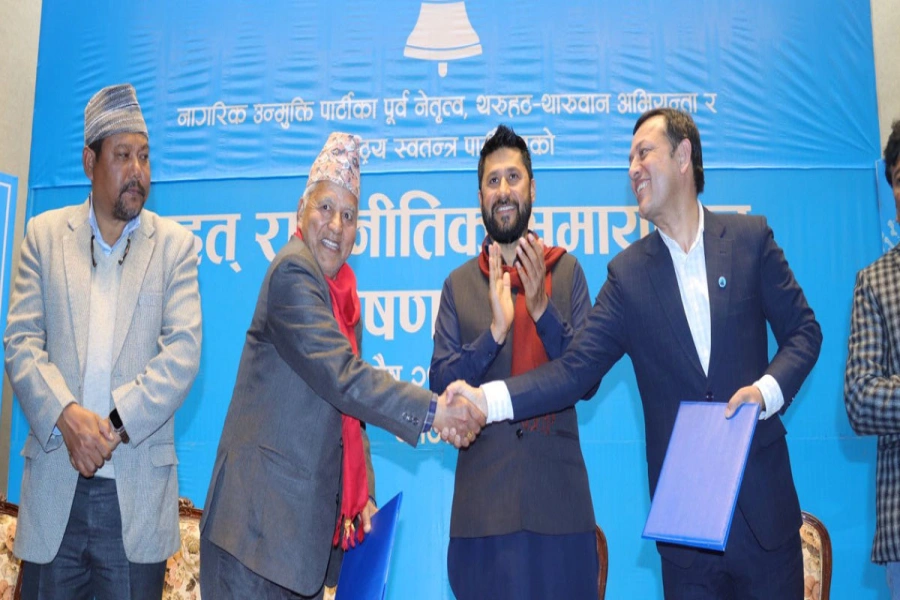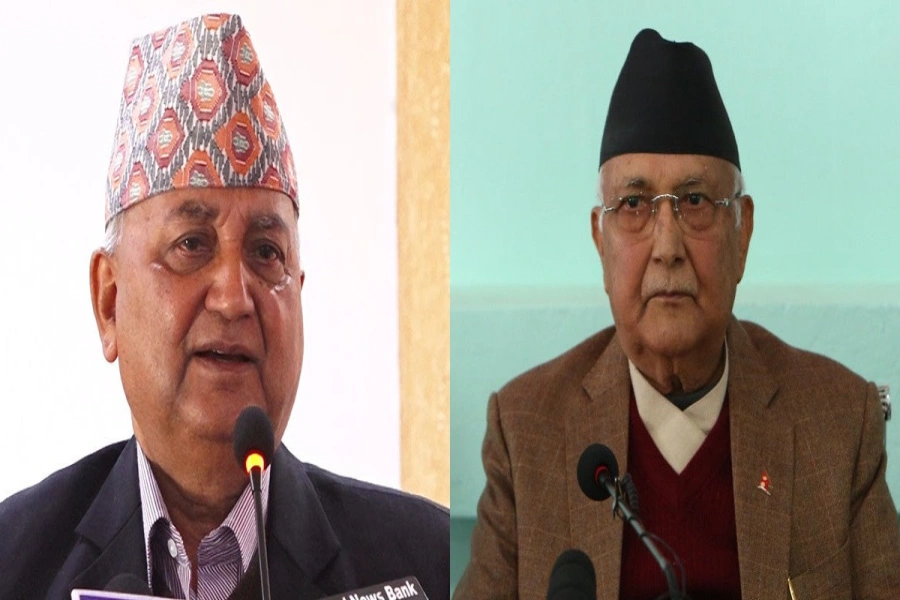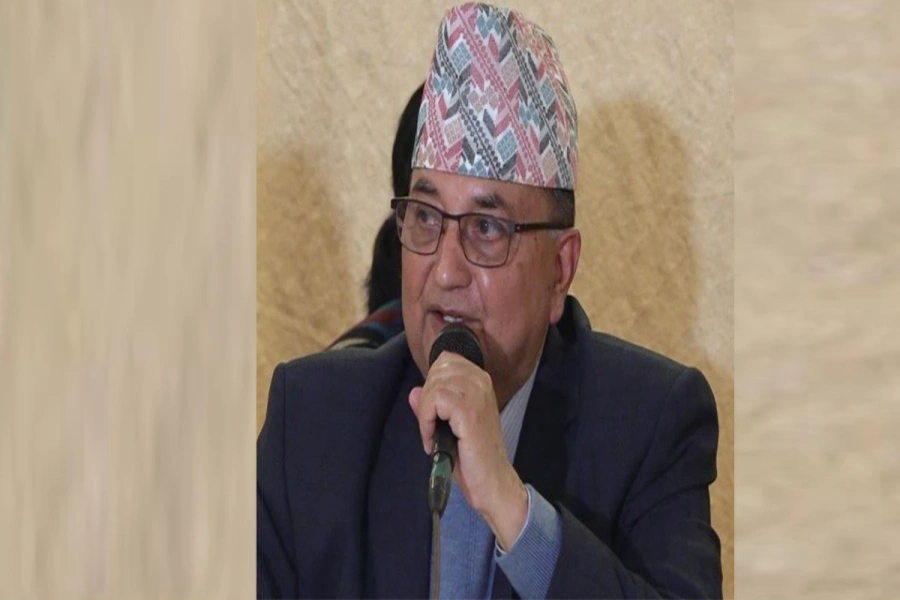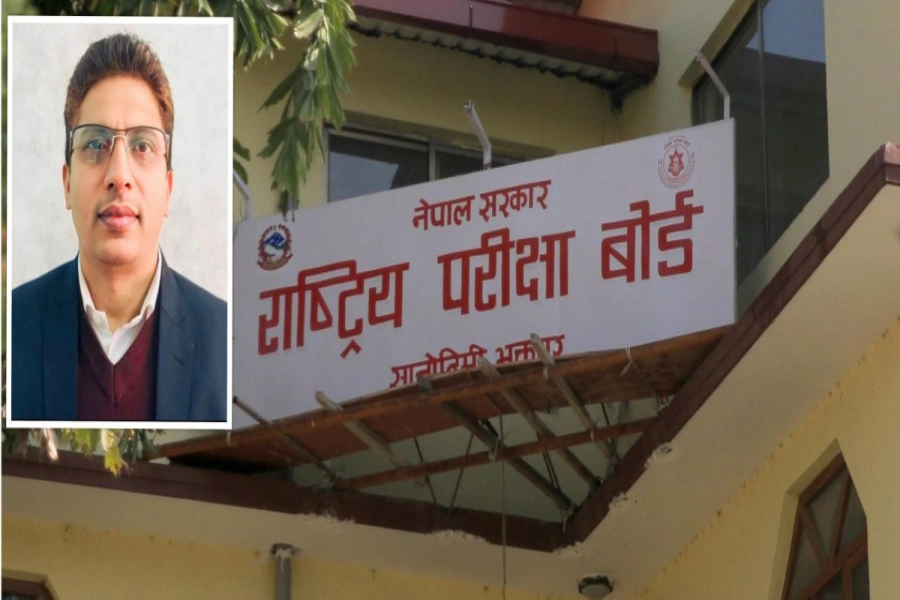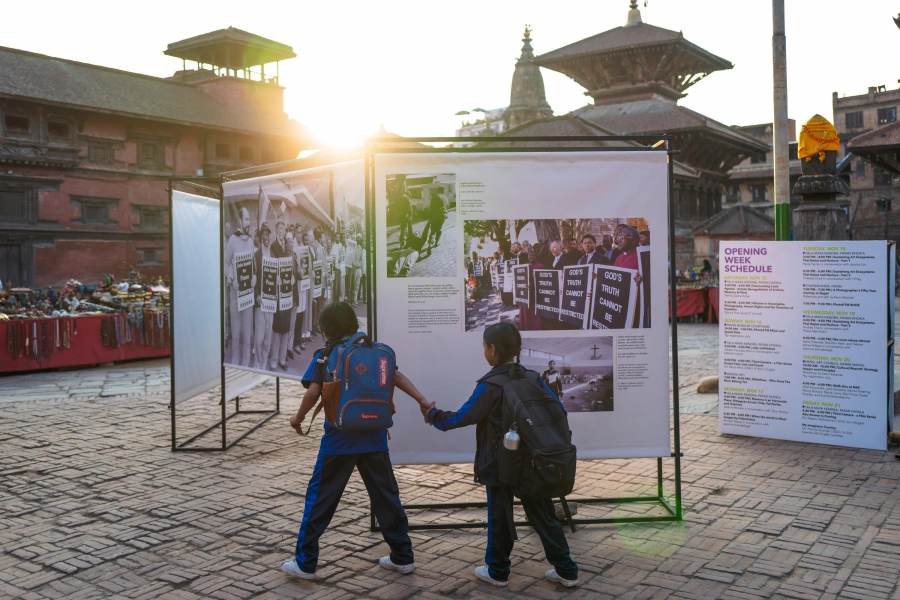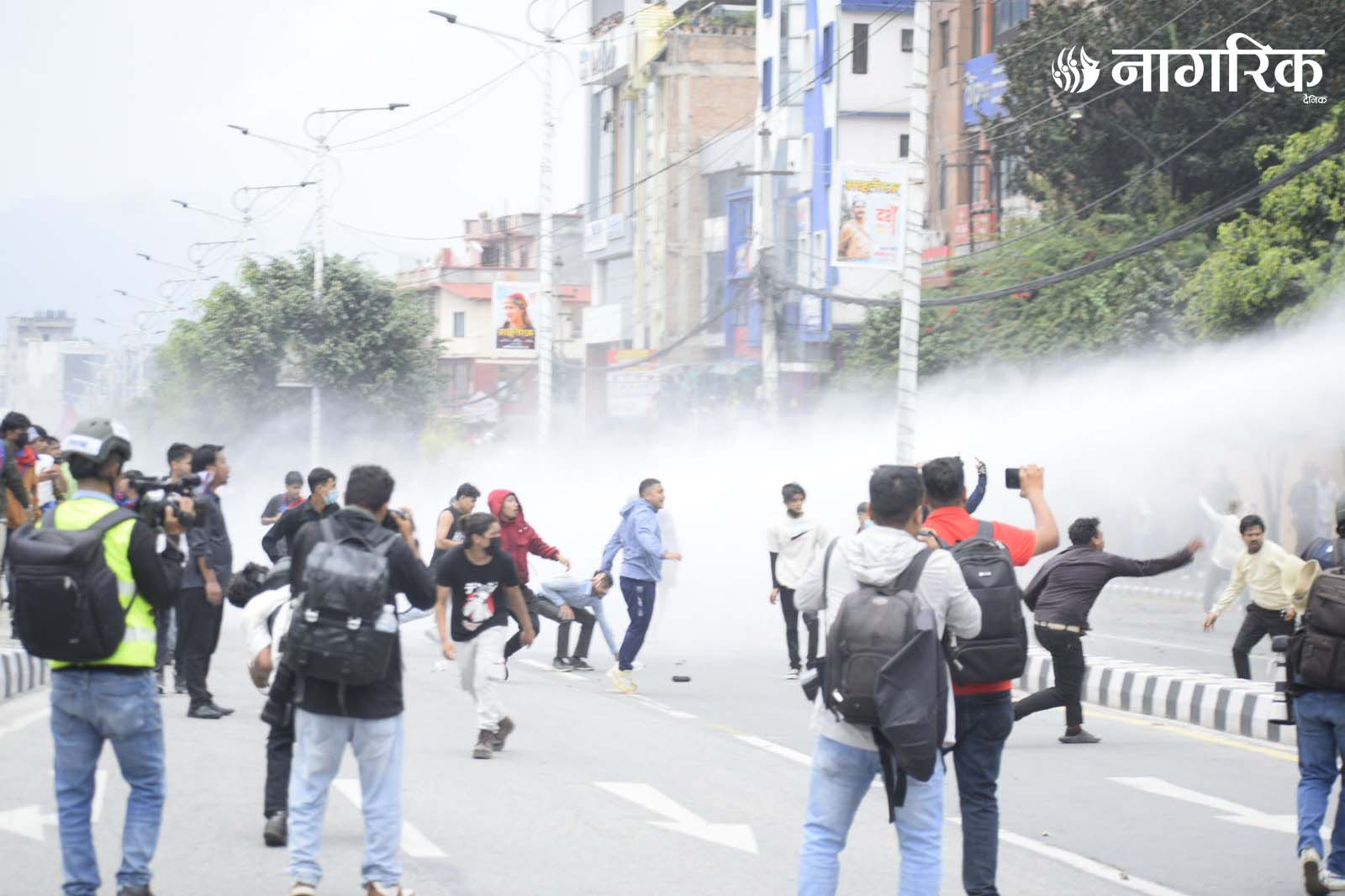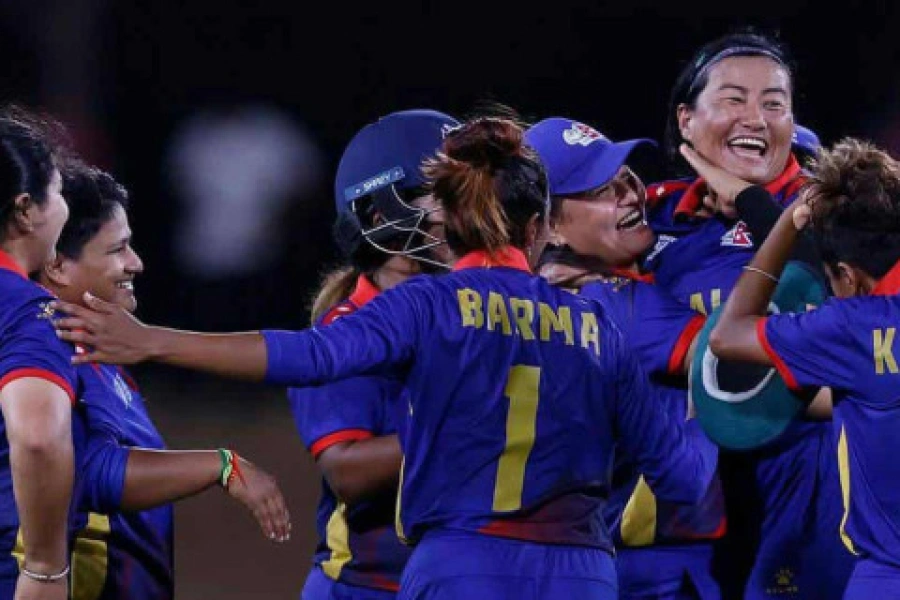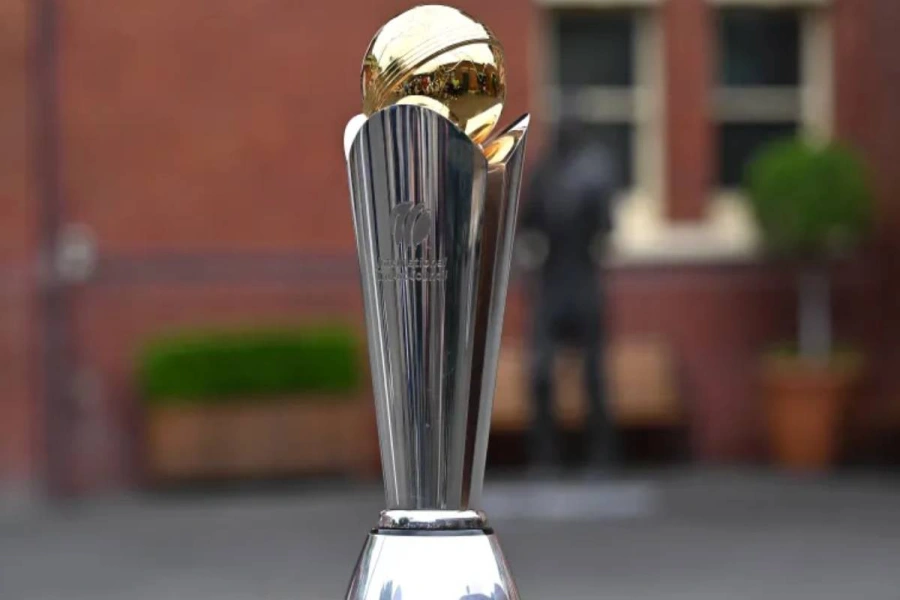India and Pakistan have agreed upon an immediate ceasefire that has lasted for four days, mediated by the United States of America. The dramatic ceasefire clearly conveys the message that neither party desired the war, but instead initiated it to save face and alleviate domestic pressure. Both nuclear-armed nations had confronted each other and exchanged airstrikes, as India initiated strikes in Pakistan-occupied Kashmir (POK) in response to the Pahalgam terrorist attack that claimed the lives of twenty-six innocent people. The entire region was facing a volatile security situation. Before initiating the military measures, India discarded the Indus Water Treaty (IWT), although this step has raised questions about its ability to divert water in practical terms. This situation also demonstrates how water can be used as a weapon, leading to new abnormalities and strained relations between the two countries and even in the region.
At first, India launched air strikes in some places in Pakistan's Punjab province and Pakistan-administered Kashmir, such as Muzaffarabad, Kotli, Bhimber, Sialkot, ShakarGarh, Muridke, Bahawalpur, and other places along the Line of Control (LoC). The entire military operation was called "Operation Sindoor." Sindoor is the vermilion used by married women on their hairline in the Hindu religion. It indicates that women are married and their husband is alive. It is a cautiously crafted emotional appeal. Two pictures were seen in the Indian media: Kamakshi Prasanna, who lost her husband in the Pahalgam terrorist attack and is demanding revenge, and other two women who led the operation, Wing Commander Vyomika Singh and Colonel Sophia Qureshi. Therefore, it appeared that the operations prioritized women, which evoked a strong emotional response in the Indian media.
Both governments were presenting their arguments to defend the contentious issue. Indian Foreign Secretary Vikram Misri asserted India's "right to deter or respond" during a media briefing. The operation focused on terrorist infrastructures instead of military camps. However, the Pakistani government declared this response an "act of war." In an interview with Sky News anchor Yalda Hakim, Pakistani Information and Broadcasting Minister AttaullahTarar asserted that Pakistan is entitled to respond in self-defense, characterizing India as the aggressor in this conflict. He additionally stated that Pakistan is itself a victim of terrorism, alluding to the current train hijacking occurring en route from Quetta to Peshawar. Islamabad expressed legitimate security concerns and vowed to retaliate in every possible way. In response to Operation Sindoor, Pakistan launched "Operation Bunyan Marsoos" in Indian-occupied Kashmir, resulting in some casualties.
Despite their arguments, airstrikes on both sides have resulted in dozens of deaths and injuries. However, reports of damage from both sides are emerging from the field, which is concerning. Immediately after the Pahalgam attack, Pakistan was demanding a fair investigation. But India blamed and linked the Pahalgam attack to the terrorist organizations across the Line of Control. Similar sorts of attacks on the Indian Parliament in 2001—the Mumbai attack in 2008, the Uri attack in 2016, and the Pulwama attack in 2019—were left without investigation, and this time, the Indian side claimed that there was no longer a waiting period for investigation. This situation was partly due to domestic pressure on the Bharatiya Janata Party (BJP)-led government in India, which strongly adheres to Hindu-nationalist ethos.
Maoist Center to run a door-to-door campaign

Reactions from the international community were also noticeable. The United Nations (UN) asked for the maximum restraint. At the beginning, the United States of America's role in conflict mitigation was far away. President Donald Trump emphasized India's strategic autonomy, asserting that they would resolve the issue in their own way. Israel viewed India's right to self-defense. Japan condemned the terrorist attacks and urged both countries to restrain themselves and opt for dialogue. NATO member Turkey sympathized with Pakistan. This current state of affairs polarized the world once again. Again, there was no time for dialogue. As a result, both countries engaged in conventional warfare, leading to limited damage on each side. But the fear was mounting that the situation might be worse and spiral out of control. Should this be the case, it would have thrown the entire region into a state of uncertainty and instability. Pakistan might have faced a three-front conflict if the limited war had escalated uncontrollably. Along with India, it had to fight with the separatist ethno-nationalist militant Baloch Liberation Army (BLA) because they are demanding liberation from Pakistan. Additionally, Pakistan is facing a severe economic crisis, with the inflation rate significantly increasing. The value of money has been degraded by leaps and bounds. The current war with India would have further jeopardized the overall internal political economy of the country.
China’s Response and Position
Given the geopolitical sensitivity of the conflict, China, as an immediate neighbor to both India and Pakistan, had clarified its position on the current situation. China's position and attitude toward the India-Pakistan conflict were partly a reflection of China's South Asian policy. According to President Xi Jinping, China gives top priority to neighboring countries in its foreign policy and pursues amity, sincerity, mutual benefit, and inclusiveness in building relations with them. With regard to the recent development in the Kashmir region, China was closely following its unfolding dynamics. At a regular press conference of the Chinese Ministry of Foreign Affairs on 7 May, Chinese spokesman Lin Jian expressed regret and concern over the escalation of the India-Pakistan conflict. China has clarified its position regarding its consistent support for peace and security in the region. China opposed all forms of terrorism and unilateral actions that further complicate the situation and called upon both sides to exercise maximum restraint and calm. China encouraged both parties to seek a solution through peaceful means and dialogue and to avoid further escalation. China also shared its willingness to work with the international community in easing the current tense situation. At the same time, the Ministry of Foreign Affairs issued an advisory to Chinese citizens in areas affected by the India-Pakistan conflict to raise their awareness of precautionary measures and lower the risk to their safety.
Civilian Concerns in Chinese Media
The Chinese media and public figures from all walks of life were concerned about the situation's development and, at the same time, are full of worries and questions about the possible future direction of the conflict. What are the root causes of this conflict? Is this escalation of the military confrontation the last pinnacle of the India-Pakistan conflict before it cools down and eases off, or will it lead the two countries towards a more serious “limited war” or “total war”? How will Pakistan respond to India's threat to its water security? What are the claims of both sides in the conflict? What are the implications of the conflict for China's geopolitical security, and how should China respond to the escalation of the India-Pakistan conflict? After summarizing from many sources, these questions are the more common focus in the Chinese media and on social platforms to some extent. These questions were repeatedly analyzed by researchers and discussed in the media; they had also become a hot topic of public opinion and discussion by appearing on the hotlist of Chinese social media platform Weibo. On the afternoon of 8 May, the words about the Indian dam reopening two gates for waterproofing once again hit the Chinese hot search, which also reflected that India's cutting off Pakistan's water source was not an irreversible punitive measure but more like a kind of negotiation chip.
Regarding the future trajectory of the India-Pakistan conflict, some analysts believed that the Modi administration in India, influenced by nationalist and Hindu ideology, could intensify the conflict. Nevertheless, the dramatic cease-fire made this assumption incorrect.The use of advanced weapons by the two countries has also drawn high attention from the media and netizens. The news on social media was flooded with reports about the large-scale air battles with fighter jets. The debate was directed towards India's military capability. Modern fighter jets, including the Rafale, which India is most proud of, were shot down. This is quite different from what India once boasted about and has become a hot topic of discussion. Chinese domestic media claimed that the current India-Pakistan conflict has astonishingly shown Pakistan's tough counterattack and also led to a re-examination of India's military strength. Some media have discussed that the fighter jets used by the Pakistani side in the air battle originated from the J-10C fighter jets made in China. China's advanced fighter jets have achieved a breakthrough in the field of warfare. And its strength has been noticed during the conflict. Given the current critical juncture in the evolving security dilemma, rational decision-making was more crucial than taking strategic risks. It was also worth noting that, despite the high level of attention and discussion in Chinese public opinion regarding the deteriorating situation, there was an overwhelming agreement that the conflict should be restrained. The international community, including China, collectively opposed all forms of terrorism. Chinese people also advocated for the peaceful resolution of disputes in the Chinese media.
Conclusion
In conclusion, the immediate ceasefire has brought hope to the families on both sides of the Line of Control and to its neighbor, China.Families on both sides have suffered due to the conflict. The governments on both sides must contribute to resolving the problem of those who suffered, respectively. For now, fragile bilateral relations must make significant progress in addressing the enduring consequences of unresolved historical grievances of Kashmir. Long-standing tensions over Kashmir have been reignited by the Pahalgam terrorist attack and India's subsequent military response, putting both nuclear-armed nations on the verge of another full-scale conflict. Media and public opinion in neighboring countries like China also showed deep concern, underlining that the Kashmir dispute was not just a bilateral issue but a regional flashpoint with global implications. Since 1947, India and Pakistan have engaged in several significant military conflicts in the past. The conflicts of 1965, 1971, and 1999 have caused bloodshed and heightened suffering for people on both sides. Despite sharing a common origin, geography, culture, and religion, they continue to treat each other as enemies. Particularly, the Kashmir issue has always been a crux of conflicts since the partition. It's unfortunate that neither India nor Pakistan is overcoming the pain of their shared past. Now, it's time to restore the bilateral relations and deal with the problem for the prosperity of the people across the Line of Control.
(This is a personal opinion and does not necessarily reflect the views of the affiliated institution.)




